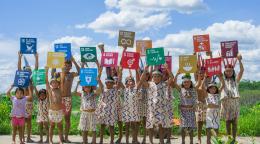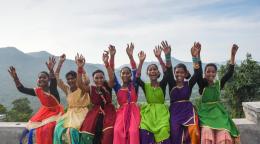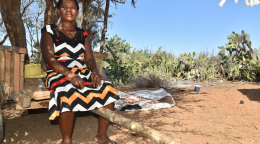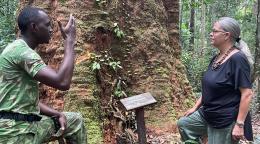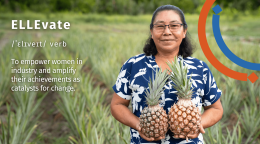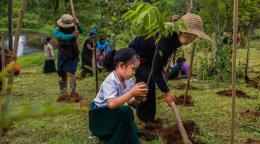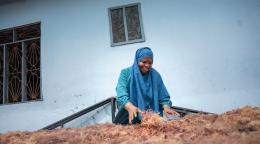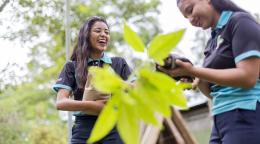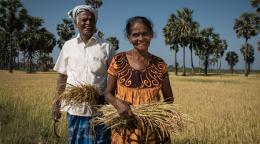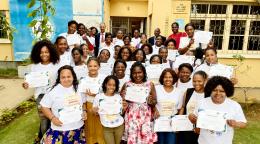World Wetlands Day: Restoring Ecosystems and Strengthening Communities
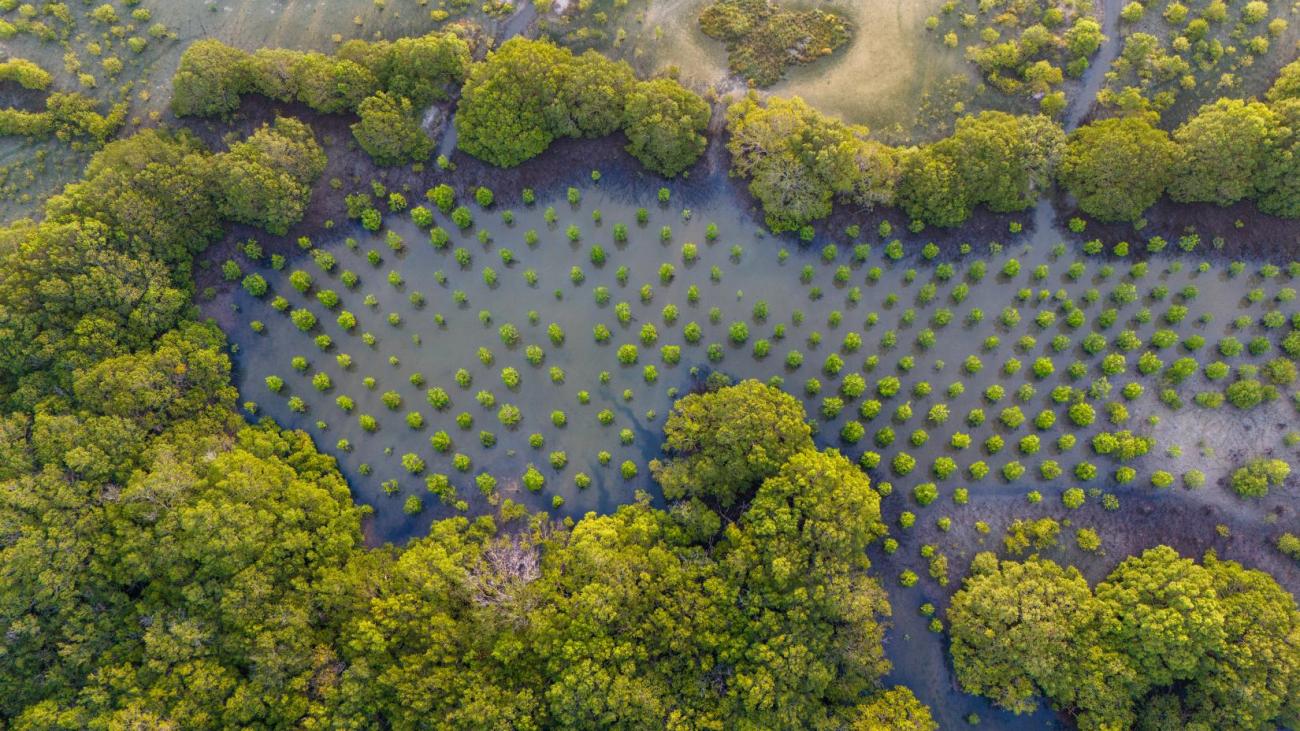
Every year on 2 February, World Wetlands Day reminds us of the critical role wetlands play in sustaining biodiversity, regulating water cycles and supporting millions of livelihoods. Though they cover just six per cent of the land, they harbor 40 per cent of all species on our planet. These ecosystems provide natural defenses against the impacts of climate change, purify water, and provide essential resources for more than a billion people worldwide.
Mangrove forests are one such unique wetland ecosystem often found where land and sea meet. These forests act as carbon sinks, absorbing significant amounts of carbon dioxide, one of the main greenhouse gases causing climate change. They also help in protecting shorelines from erosion and act as natural storm barriers. However, deforestation, illegal logging, and climate-induced changes have threatened their survival.
Recognizing the importance of mangroves, the United Nations is working with national authorities, communities and other partners to support initiatives that aim to restore and protect these critical habitats.
Colombia: Protecting Mangroves and Empowering Women
The mangrove forests of Colombia’s Pacific coast have been a haven for Afro-Colombian and indigenous communities for generations. Today, as climate change and environmental degradation threaten this delicate ecosystem, local women are leading conservation efforts.
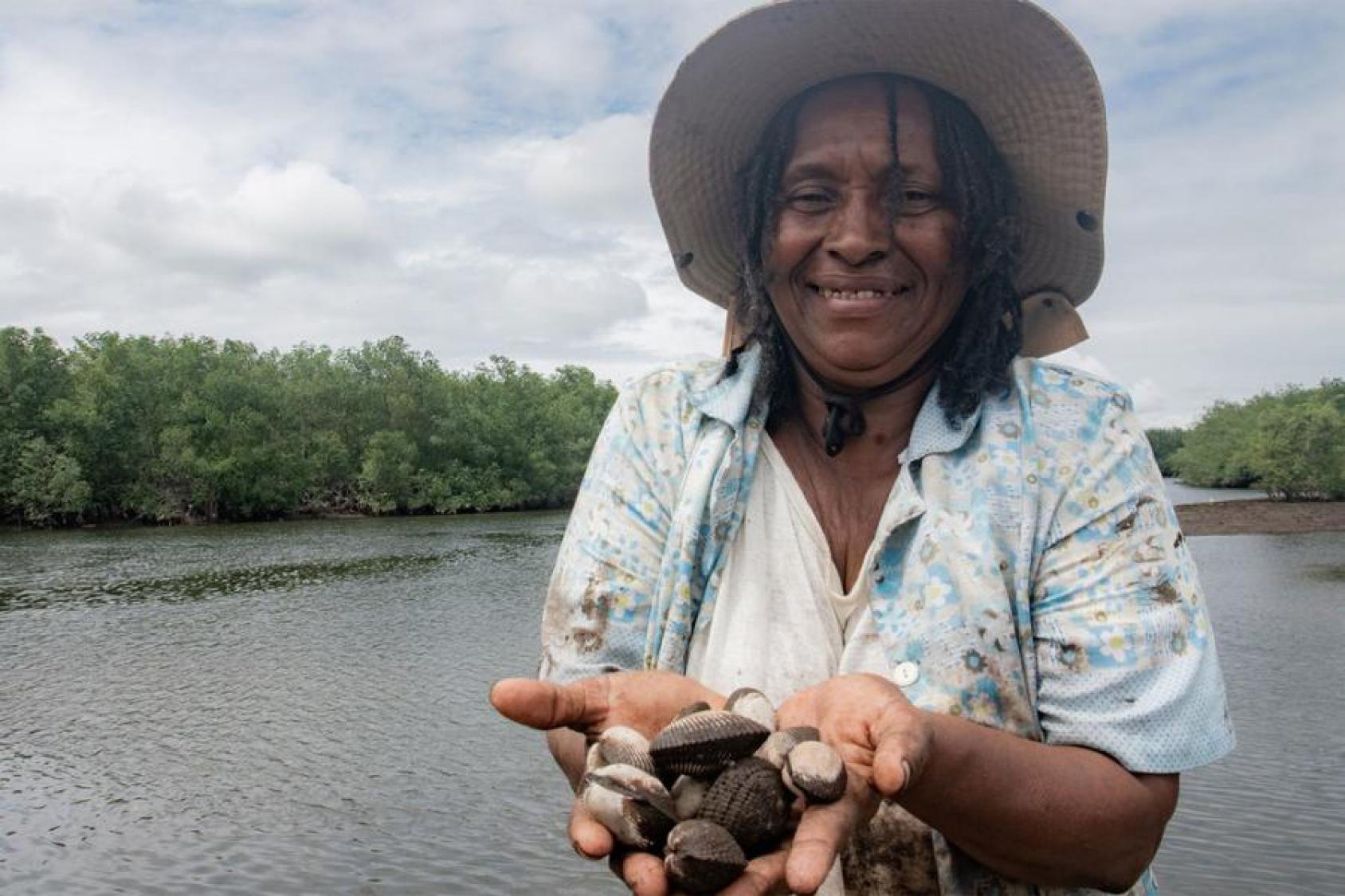
As dawn breaks every morning, Magnolia Ordoñez sets sail in a small boat alongside her crew—an all-women team from the Raíces del Manglar (Roots of the Mangrove) community organization. Their mission is to harvest pianguas, a type of mollusk that thrives among the mangroves.
“The piangua is born from the mangrove. It’s packed with vitamins, iron, and calcium, but it also sings, cries, laughs, and dances—it’s something magical and enchanting that nourishes us,” says Magnolia. “That’s why we want to protect it—not just the pianguas, but the mangroves and the ocean that sustain life and connect us all.”
The sustainability of this ecosystem depends on careful management. The women observe traditional harvesting techniques, ensuring young pianguas are returned for a chance to grow and maintain an adequate population level for the species. The harvesting process also includes a way of giving thanks to the earth, reinforcing the community’s respect to preserve the land.
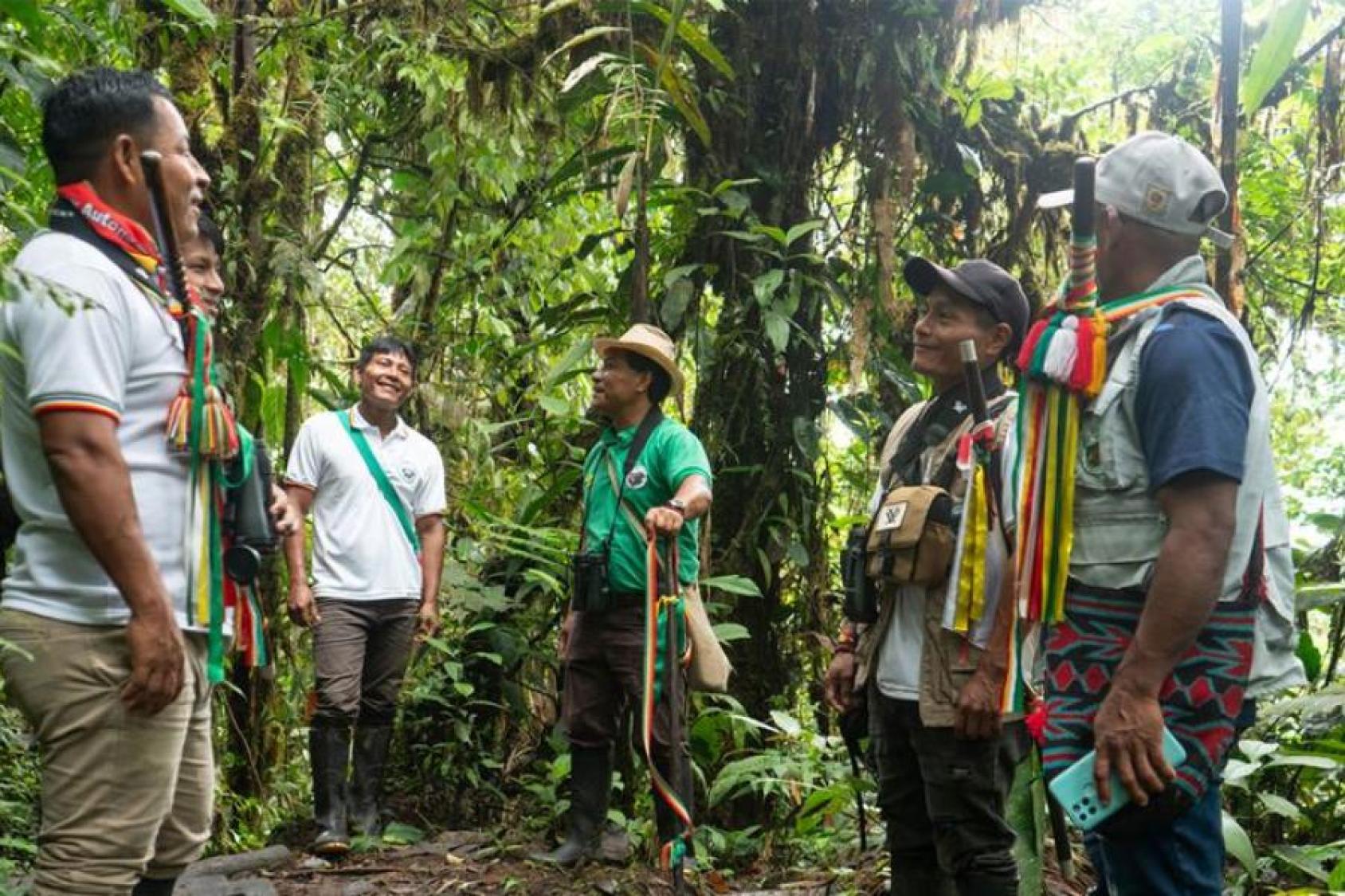
The Food and Agriculture Organization (FAO) supports this community-led conservation initiative, which aims to preserve the unique biodiversity and cultural heritage of Colombia’s Pacific region by empowering local communities and strengthening environmental governance in protected areas. Through ecosystem restoration, training programmes, resource provision, and knowledge-sharing, the activity plants the seeds for a sustainable future—one that benefits both people and the planet.
Learn more on the UN in Colombia's website.
Kenya: Scaling Up Mangrove Conservation
In Kenya, the Lamu Blue Carbon Project is achieving similar results. Launched in 2023 as part of the Go Blue project, led by the United Nations Environment Programme (UNEP) and the United Nations Human Settlements Programme (UN Habitat), the project mobilizes local communities to conserve and restore 4,000 hectares of mangrove forests along Kenya’s coast.
With 65 per cent of Kenya’s mangroves located in Lamu County, the region plays a crucial role in the country’s environmental conservation strategy. More than 1,500 species, including fishes, amphibians and mammals, depend on mangroves. Overall, mangrove forests provide up to $57,000 per hectare in ecosystem services per year.
The project contributes to global climate goals, including expected benefits of over 50,000 tons of CO₂ equivalents per year. A global certification mechanism called “Plan Vivo,” will verify and accredit the Lamu project to facilitate the sale of carbon credits in global markets. This is expected to generate more than $600,000 annually for local communities.
Sri Lanka: Mangrove Regeneration for Coastal Resilience
Sri Lanka’s work to restore its mangrove ecosystems has been recognized as one of seven United Nations World Restoration Flagships. The initiative, which aims to restore 10,000 hectares of mangroves by 2030, stands as a beacon of large-scale restoration under the United Nations Decade on Ecosystem Restoration, co-led by UNEP and FAO.

Originally, a mass planting approach was employed to regenerate the forests after the 2004 tsunami. However, after this resulted in only three per cent of saplings surviving, the country focused its efforts towards nurturing natural regeneration. This shift has contributed to the successful restoration of 500 hectares of mangrove forests since 2015.
To support these initiatives, the government is also investing in transforming policymaking mechanisms, launching a National Expert Committee on Mangrove Conservation, a National Policy on Mangrove Ecosystems, and a Strategic Action Plan to ensure sustainable management.

Harnessing the United Nations' support, the nation’s environmental leadership extends beyond mangroves—Sri Lanka spearheaded a United Nations General Assembly resolution to establish World Seagrass Day on 1 March 2024, recognizing the vital connection between mangroves, seagrasses, and the broader marine ecosystem.
Learn more on the UN in Sri Lanka’s website.
